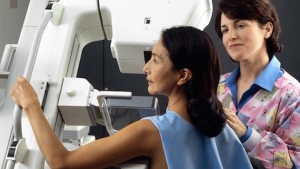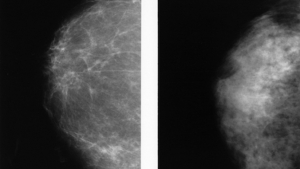
As a hereditary disease, breast cancer has affected hundreds of families throughout the state. Annually, an average of 1,190 women are diagnosed with breast cancer in Hawaiʻi. As October approaches in recognition of National Breast Cancer Awareness Month, new public impact research from the University of Hawaiʻi Cancer Center is using artificial intelligence (AI) to improve risk assessment for breast cancer to aid in prevention and early detection, improving breast cancer outcomes for women all over the world.

To reduce unnecessary imaging for breast cancer and costs associated with it, UH Cancer Center Researcher John Shepherd and his colleagues found that AI is able to distinguish between the mammograms of women who are more likely to develop breast cancer later on, and those who are not. The study was published in Radiology.
"Conventional methods of breast cancer risk assessment using clinical risk factors haven't been that effective," said Shepherd, study lead author and a professor in the Population Sciences in the Pacific Program (epidemiology). "We thought that there was more in the image than just breast density that would be useful for assessing risk."
Deep learning model
Compared to commonly used clinical risk factors, a sophisticated type of AI called deep learning has been found to be better at using mammograms to differentiate between women who will and will not be diagnosed with breast cancer in the future. Typically, mammograms provide a measure of breast cancer risk through measurements of breast density. While denser breasts on mammography are associated with a higher risk of cancer, there are other factors hidden in mammograms that are likely to contribute risk.







